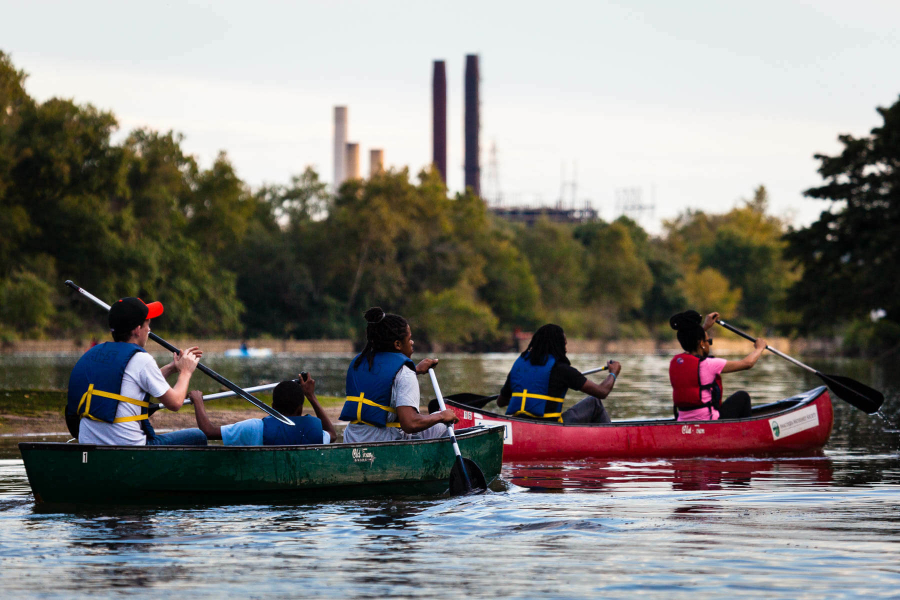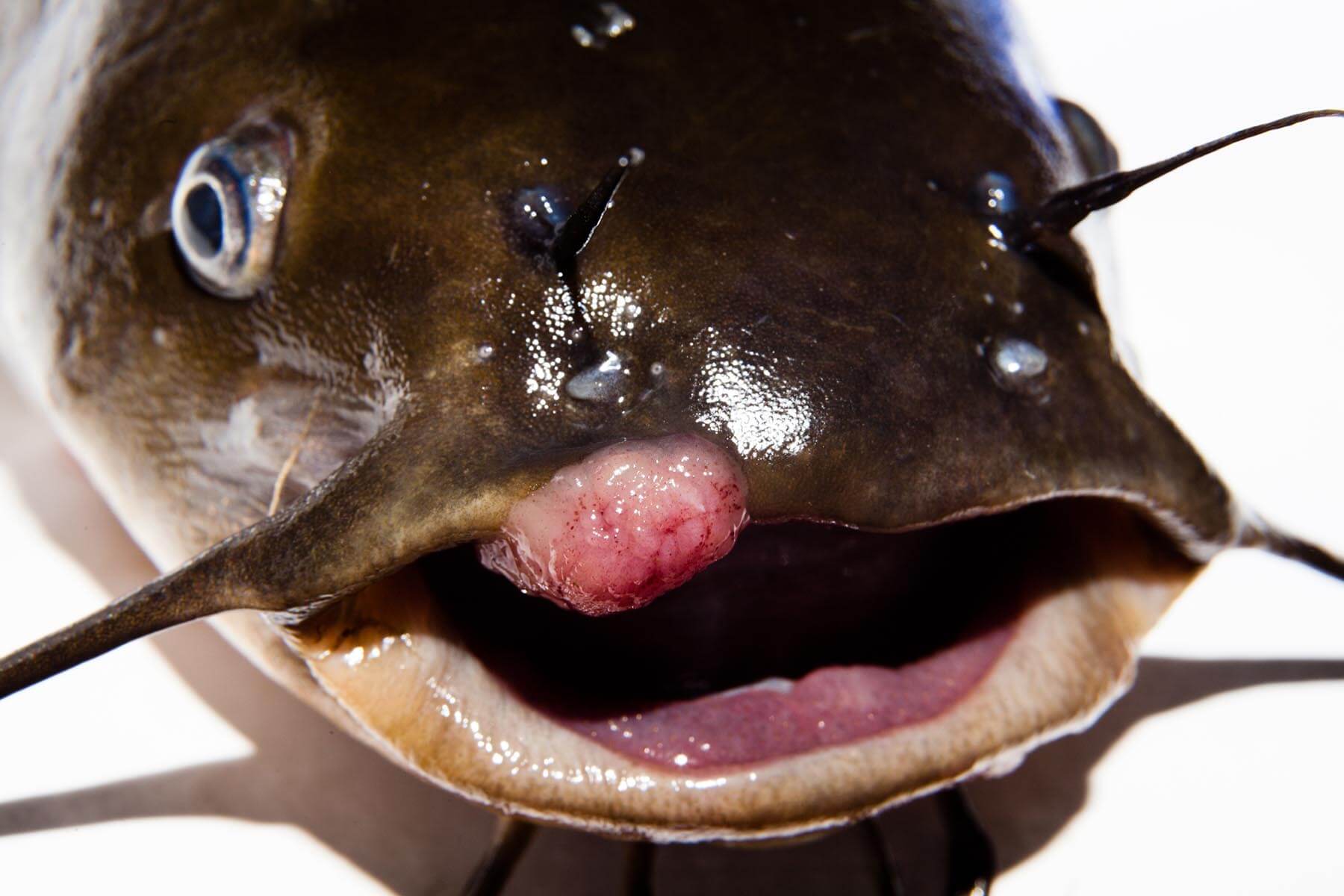Chemical contaminant “PCBs” persist in Chesapeake schools

It’s been over forty years since the chemical contaminants polychlorinated biphenyls, or PCBs, were banned in the United States, though we’re still far from being PCB-free.
Since invented in 1920, PCBs were used in everything from electrical equipment and appliances to paint, caulk and tape, with an estimated 1.5 billion pounds being produced.
It was until the 1960’s that we learned how harmful the chemicals are. Research shows that PCBs can cause cancer in animals and are a “probable human carcinogen,” and also produce immune effects, reproductive effects, neurological effects, as well as other health issues to both humans and animals. People can be exposed to PCBs in various ways, one of them being by eating fish who have ingested the chemicals from smaller organisms.
All of this led the World Health Organization and the Environmental Protection Agency (EPA) to band the production of PCBs in 1979. However, the ban didn’t account for all equipment that were using PCBs at the time. According to the ban, equipment in which PCBs are enclosed, like the grey transformer boxes you see on electrical posts or ballasts tucked inside ceiling lights, were allowed to stay in use.
“The law still allows PCBs to remain in service if the equipment is in reasonable condition and not leaking,” said Greg Allen, a team coordinator with the EPA.
Allen is the Chair of the Chesapeake Bay Program’s Toxic Contaminants Workgroup, which strives to reduce chemical contaminants in Chesapeake Bay waters. Having found that laws and regulations are not enough to remove all PCB-use, the workgroup is pursuing voluntary phase-out of the chemicals in the region’s buildings as part of its strategy to reduce PCBs in the Chesapeake watershed.
“Our goal is to get owners to remove that equipment or change the fluids even though the law allows them to stay in service,” said Allen.

To kick-off this effort, the workgroup partnered with the Eastern Research Group to conduct a study that would help them determine where PCBs still exist in the watershed and how they could go about replacing or updating equipment. The study was funded by an EPA grant, delivered through the Chesapeake Bay Trust, that is designed to help Bay Program workgroups meet their goals.
Going into the study, Allen and his team assumed that the biggest use of PCBs would be in transformers, which is one of the most common appliances using PCBs nationwide. But after crunching the numbers, the workgroup learned that within the Chesapeake Bay watershed, the greatest amount of PCBs actually exists in fluorescent light ballasts. This is due to the amount of pre-1980 buildings with light ballasts (an estimated 13,031) as well as the very high concentration of PCB fluid in light ballasts.
Another finding in the study was that among the pre-1980 buildings, approximately 7% are schools. The schools that have fluorescent light ballasts with PCBs are ones built before 1980, when the ban went into effect. This leaves the possibility for the equipment to be outdated enough to fail. Outdated ballasts can leak and catch on fire and release PCBs into the air.
“The report was a complete paradigm shifter for us,” said Allen.
Based on the study, the Toxic Contaminants Workgroup decided to focus on working with schools within the watershed to voluntarily remove PCBs from their appliances. This work dovetails with another outcome at the Chesapeake Bay Program— Sustainable Schools. The Education Workgroup oversees this outcome, which has partnered with the Toxic Contaminant Workgroup going forward.
Part of that work has been learning from other school-based PCB initiatives in the country. According to the workgroup’s findings, New York and Los Angeles, two of the largest school systems in the country, have removed all equipment containing PCBs. In Maine, the school systems are undergoing an initiative to replace equipment if they don’t meet air quality standards that detect PCB levels.
The workgroup also realized that if they’re going to work with schools on replacing light ballasts, they should remove all sources of PCBs, such as caulking and paint, as well.
“When we’re talking about a healthy school that’s PCB-free, we got to look at all the sources, not just the light ballasts in the ceiling,” said Allen.
The Chesapeake Bay Program is currently developing a plan for how to work with schools on voluntary phase-out of PCBs. Our Education and Toxic Contaminants workgroups developed a lesson plan for students and teachers to assess school energy use, which would include upgrading fluorescent light ballasts. The phase-out efforts are included in ongoing work to remove lingering PCBs and other chemical contaminants from air and water in the Chesapeake region.

Comments
There are no comments.
Thank you!
Your comment has been received. Before it can be published, the comment will be reviewed by our team to ensure it adheres with our rules of engagement.
Back to recent stories